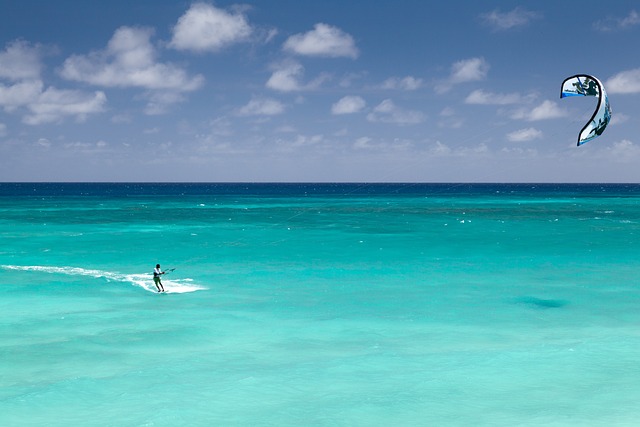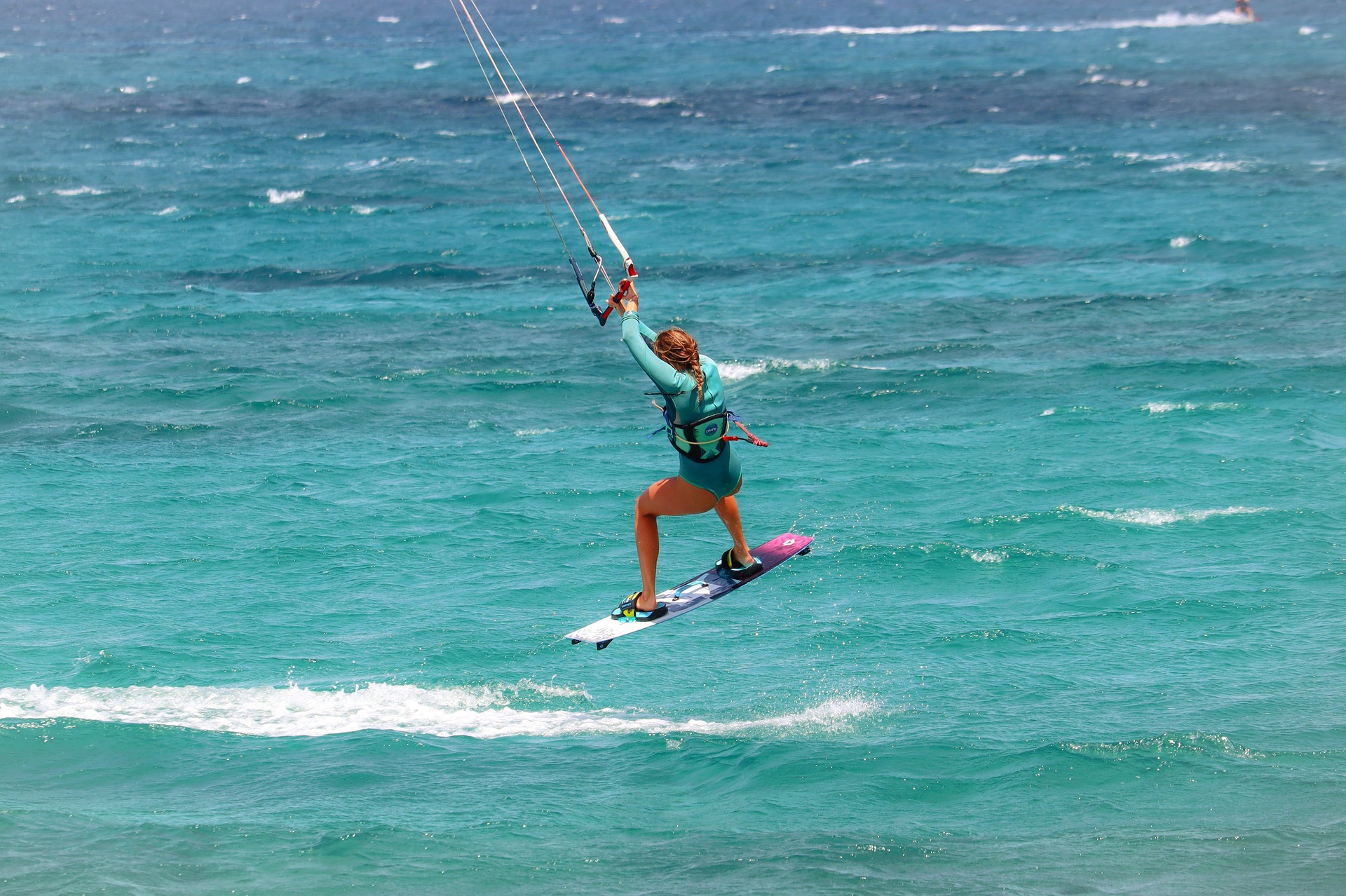Most Common Injuries in Kitesurfing
Kitesurfing, also known as kiteboarding, is a popular water sport that involves riding a board while being pulled by a kite. It is a thrilling and exhilarating experience, but it also poses some risks and can result in injuries if proper safety precautions are not taken. In this article, we will discuss the most common injuries in kitesurfing and how to prevent them.
- Lacerations and Abrasions: These are the most common injuries in kitesurfing and are caused by contact with the kite lines or board. The lines are made of strong and durable material, but they can still cause cuts and scrapes if they come into contact with the skin. To prevent these injuries, it is important to wear protective gear such as wetsuits, impact vests, and helmets.
- Sprains and Strains: Falls and improper landings of jumps can result in sprains and strains, particularly in the ankles, knees, and wrists. These injuries can occur when the rider loses control of the kite or when landing a jump incorrectly. To prevent these injuries, it is important to take lessons from a qualified instructor and practice proper landing techniques.
- Dislocations and Fractures: Hard landings or crashes can result in dislocations and fractures, particularly in the bones of the hands, feet, and arms. These injuries can occur when the rider loses control of the kite or when landing a jump incorrectly. To prevent these injuries, it is important to take lessons from a qualified instructor and practice proper landing techniques.
- Head and Neck Injuries: These injuries are caused by impacts or falls and can range from minor cuts and bruises to more serious injuries such as skull fractures and spinal cord injuries. To prevent these injuries, it is important to wear a helmet and to practice proper landing techniques.
- Eye Injuries: Sand or water can be blown into the eyes during a kitesurfing session, resulting in eye injuries such as scratches, abrasions, and even blindness. To prevent these injuries, it is important to wear goggles or protective eyewear.
- Sunburn and Heat Stroke: Prolonged exposure to the sun can result in sunburn and heat stroke. To prevent these injuries, it is important to wear sunscreen and to take regular breaks in the shade.
- Hypothermia: Kitesurfing in cold water can result in hypothermia. To prevent this, it is important to wear a wetsuit or drysuit that is appropriate for the water temperature.
In conclusion, kitesurfing is a thrilling and exhilarating sport, but it also poses some risks. By taking proper safety precautions and learning from a qualified instructor, kitesurfers can reduce their risk of injury and have a safe and enjoyable experience on the water.



